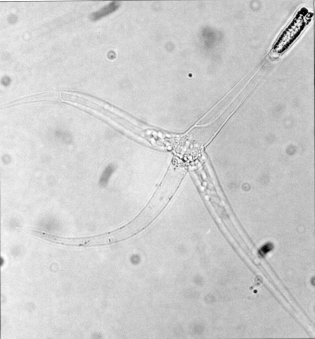Sea Cucumber
The sea cucumber is a marine animal (not plant) that is an echinoderm from the Holothuroidea class. It has leathery skin, an elongated body like a cucumber, and a single, branched gonad. They are found worldwide on the sea floor. Sea cucumbers are well known as they are used for human consumption, however the actual harvested product may be known as trepang, balate, or bêche-de-mer.
Like any other echinoderm, sea cucumbers have an endoskeleton that is below the skin. A remarkable characteristic is that the catch collagen that forms on their body walls. This can be loosened and tightened when the sea cucumber wants it to be, and can be used to squeeze through a small gap. How it does this is by almost liquefying its body and pouring it into the small gap. To keep itself safe from any cracks and crevices, the sea cucumber will hook up its collagen fibres to make it firm again.
Some coral-reef species of sea cucumbers can defend themselves by expelling sticky cuvierian tubules to try and entagle predators. These cuvierian tubules are part of the respitaroy system that floats freely. When the sea cucumber is startled, it expels some of this through a tear in the wall, known as an evisceration. When these tubules are released, they discharge a toxic chemical called holothurin which has similar properties to soap. Fortunately for the sea cucumber, replacement cuvierian tubules can be replaced as they grow back within a time span of about 1.5 – 5 weeks.
As mentioned above, they are abundantly found on the deep sea floor. In fact, they often comprise of the majority of animal biomass. It has been found that at depths deeper than 8.8km (5.5 miles), sea cucumbers actually make up 90% of the total macrofauna mass. There are a number of fish that have a symbiotic relationship with the sea cucumbers, such as the pearl fish. The pearl fish will live in the cloaca of a sea cucumber as protection from predators, as well as a source of food and to develop into adult pearl fish. There are also crabs and polychaete worms that also use the cloacla respiratory trees for protection.
Like fish, sea cucumbers form large herds that will move across the ocean in order to hunt for food. The body of some sea cucumbers is made out of a tough but gelatinous tissue with very unique properties which allows them to control their bouyancy. This means that they can move around by floating or living on the sea floor with a minimum amount of energy.




